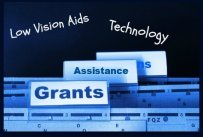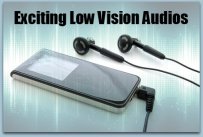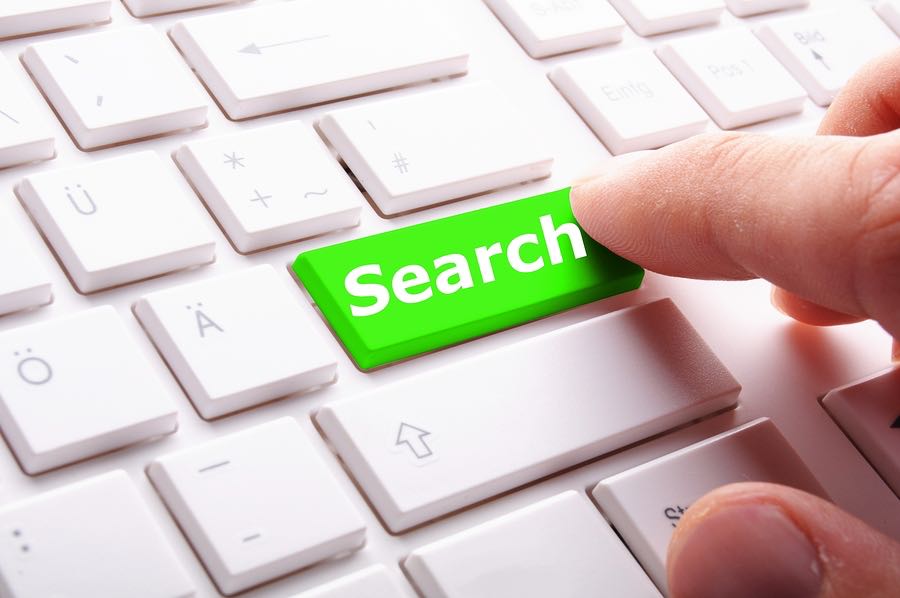Navigating Our Cities

Living with vision loss can make everyday activities challenging, from preparing a meal to reading the newspaper. Thankfully, there are countless adaptive products and devices that help make these tasks easy and natural. However, many of us are still hesitant to travel outside our home alone, especially if we are finding our way to a new location for the first time. It is time to put these fears aside, however, as technology is leading the way for changes that make it easier than ever to navigate our cities on our own. These changes will enhance our lives and make it so much easier to get around on our own.
Smart Devices and Applications
If you do not already have or know how to use a GPS- or Bluetooth-enabled device, consider how it could help you get around. Rather than relying on muscle memory to take you only to your tried-and-true stops, you can use smartphones and other devices with voiceover accessibility and capabilities to get nearly anywhere. These navigational adaptive products can provide turn-by-turn navigation as well as information about your current position and nearby points of interest. The tools can also be used to help you more easily access and ride various forms of public transportation.
Advancements in Indoor Navigation
Bluetooth beacons are small transmitters that can send precise information directly to any Bluetooth-enabled device. These transmitters can be placed anywhere, including inside an indoor facility. Many stores and office buildings are beginning to implement the devices, which typically work in conjunction with a particular smartphone application. For example, the Loudsteps app will pick up a signal from the nearest associated Bluetooth beacon and begin to share information about the approximate location of nearby objects of interest. The app utilizes clockwise directions to then guide the user to a particular area or room, from reception desks to restrooms.
BlueTooth Navigation Prototype
Changes to the City Infrastructure
Today’s cities are built for vehicular traffic, requiring pedestrians to cross countless busy streets on their way to nearly any destination. The pedestrian experience is improving, with smarter crosswalks and dedicated bike lanes as well as talking devices in some areas to provide assistance for the visually impaired. However, many individuals are pushing for more changes to city infrastructures, to allow for open navigation systems that further support those with vision loss.
These changes would allow individuals to receive information from crosswalks, sensors, and other city information systems directly to their smartphone or another assistive device. With an open urban infrastructure, your device could relay audio information from the city in real-time, giving you more precision directions, and other navigational information. Many individuals and organizations are working toward creating smart cities with open infrastructures that will give the blind and visually impaired access to its connected information systems.
For those of us with low vision, the ability to navigate independently is extremely important. New technologies are helping those with vision loss retain independence and a high quality of life that is in line with everyone else. Thanks to these emerging technologies, our future is looking very bright!

















